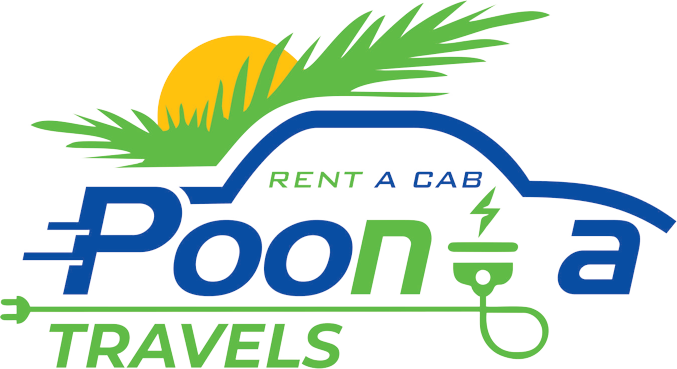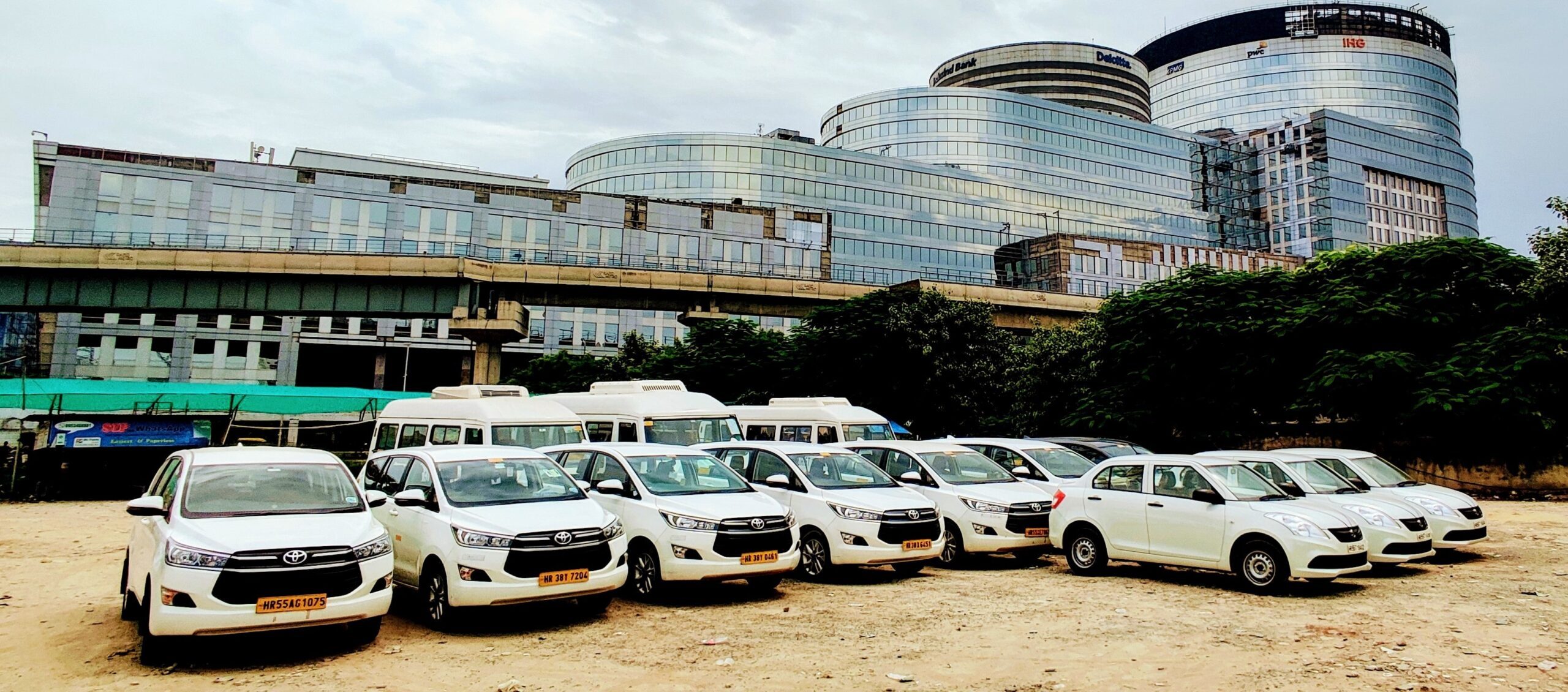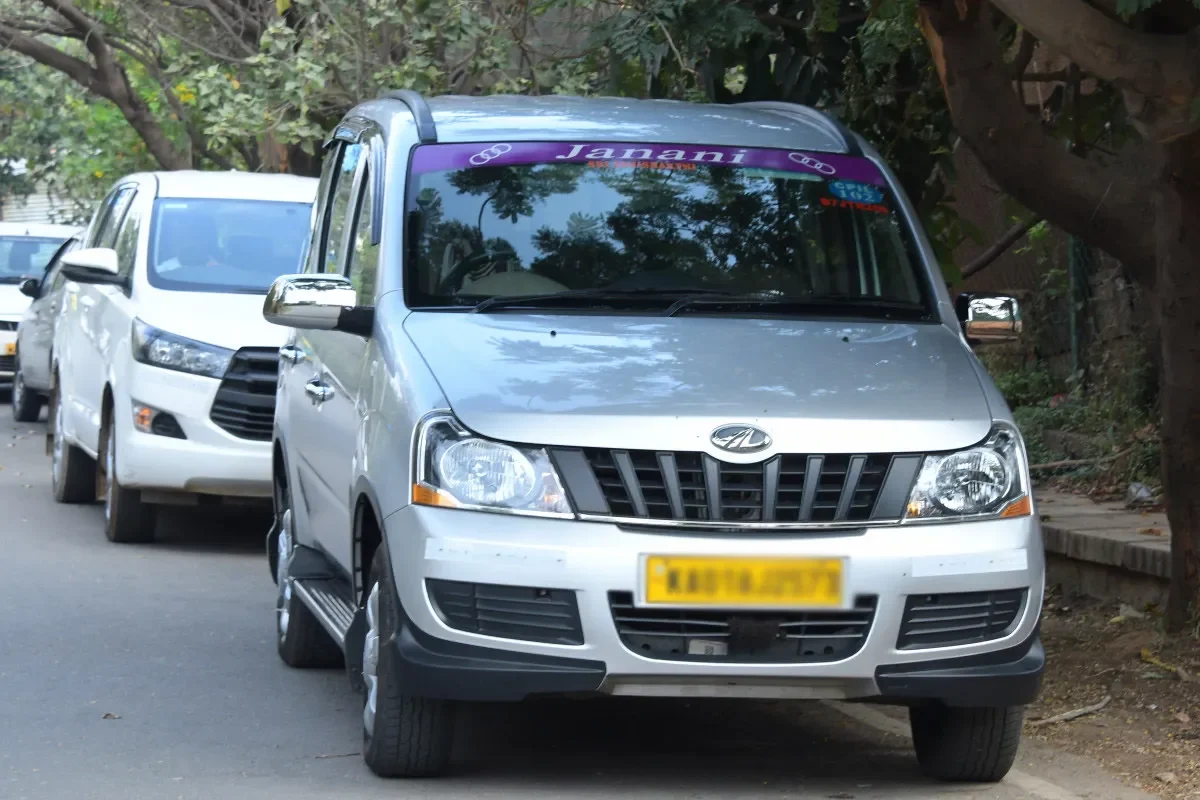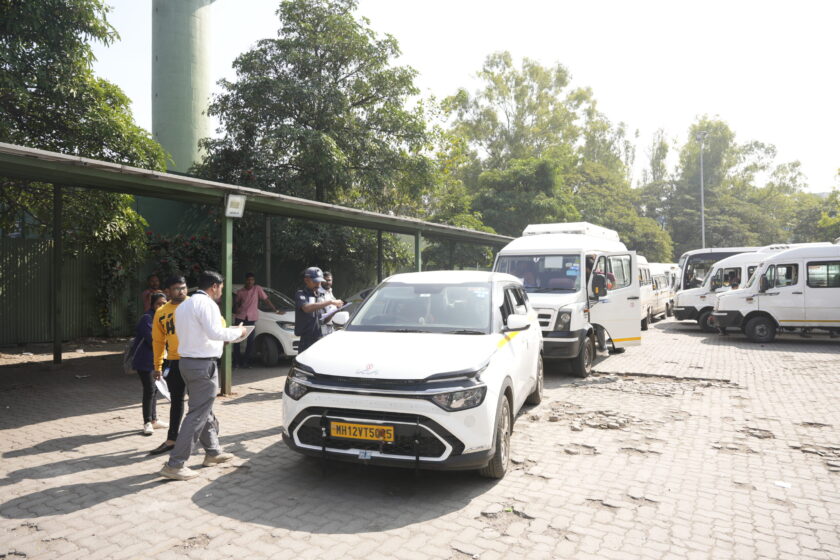Employee transportation services have gained immense importance in today’s evolving work landscape. These services not only improve the quality of life for your employees but also play a pivotal role in enhancing overall operational efficiency. However, with various transportation models to choose from, deciding which one best suits your organization can be a daunting task. This blog will guide you through the process of selecting the right employee transportation model that aligns with your company’s unique needs and goals.
Right Employee Transportation Model
1. Shuttle Services:
Shuttle services are a common choice for many organizations. They involve the operation of dedicated buses or vans that pick up and drop off employees at predefined locations and times. Shuttle services are cost-effective and provide a reliable, shared transportation option for employees. They work well for companies with large campuses or multiple office locations.
2. Carpooling and Ride-Sharing:
Carpooling and ride-sharing programs encourage employees to share rides to work. These models are not only eco-friendly but also cost-effective, reducing the number of individual vehicles on the road. Various platforms and apps can help facilitate these programs, making it easier for employees to connect and carpool.
3. On-Demand Transportation:
On-demand transportation services provide employees with the flexibility to request rides when they need them. This model is suitable for companies with employees who have varying schedules or those who need to travel for business meetings. On-demand services can be scheduled via mobile apps, ensuring easy accessibility.
4. Company-Owned Fleet:
Some organizations choose to maintain a company-owned fleet of vehicles. While this provides maximum control, it also comes with significant responsibilities, including maintenance, insurance, and management. A company-owned fleet may make sense for companies with specific transportation needs.
5. Hybrid Solutions:
In some cases, a combination of these transportation models may be the most effective solution. For example, using shuttle services for daily commutes and on-demand transportation for employees with irregular schedules can offer the best of both worlds.
Key Considerations When Choosing a Model:
Employee Needs: Consider the needs and preferences of your employees. Factors like commute distance, schedules, and the number of employees using the service play a crucial role in model selection.
Cost and Budget: Analyze your budget and financial resources. Different models have varying cost structures, so ensure your choice aligns with your budget.
Environmental Impact: Evaluate your commitment to sustainability. Models like carpooling and electric vehicle shuttles can significantly reduce your carbon footprint.
Operational Logistics: Assess the operational requirements of your chosen model. Consider the availability of pick-up/drop-off points, maintenance, and safety measures.
Scalability: Think about your organization’s growth potential. Choose a model that can easily scale to accommodate more employees if your company expands.
Conclusion:
Selecting the right employee transportation model is a decision that requires careful consideration. By understanding your employees’ needs and the unique requirements of your organization, you can choose a model that optimizes your resources, enhances the daily commute experience, and ultimately contributes to a more efficient and satisfied workforce. Whether you opt for shuttle services, carpooling, on-demand transportation, or a combination of these, the key is to align your choice with your company’s goals and values.






